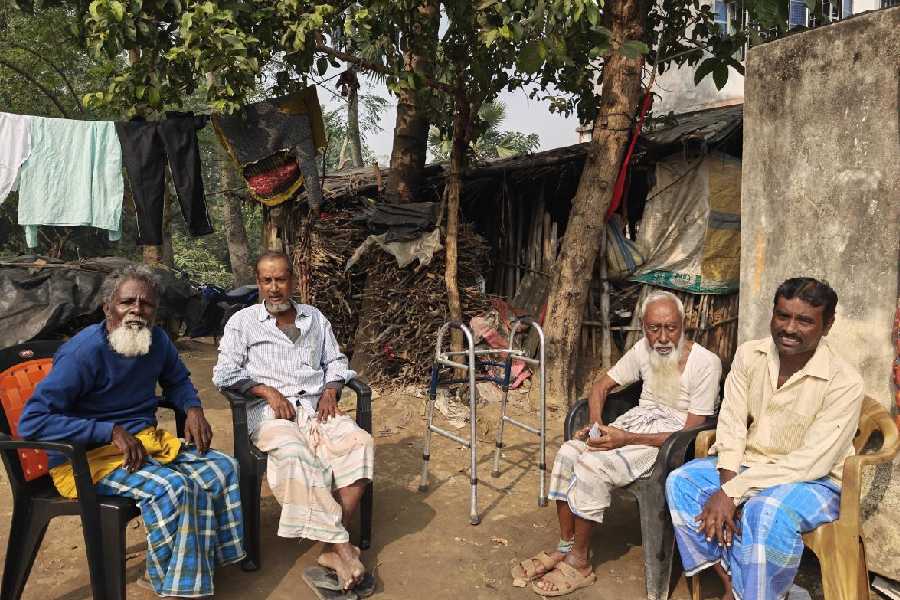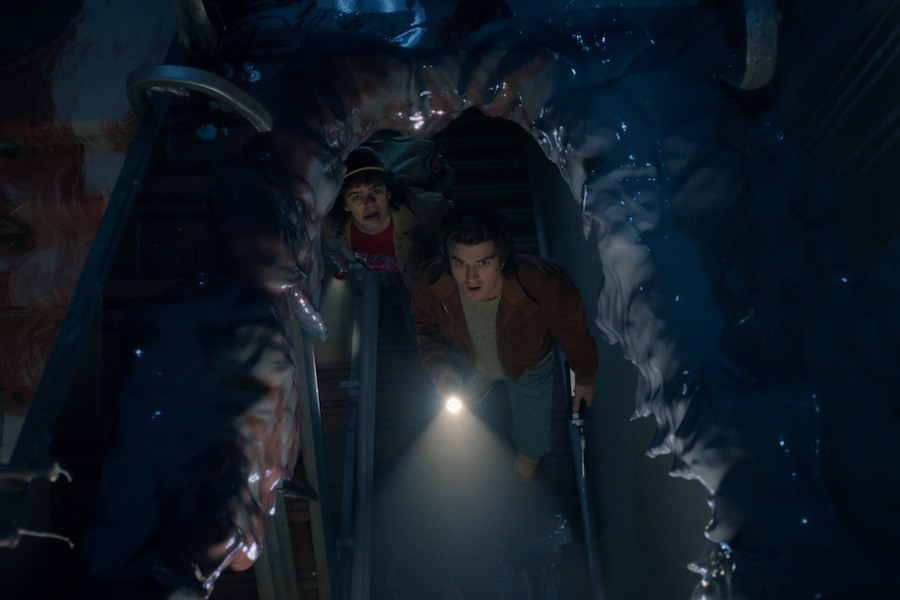 |
M.L. Shrikant doesn’t quite watch a film with a bag of popcorn in hand and a blissful two hours of relaxation in mind. The professor reads a film the way he does a management book. So while watching Chak De! India, his Harvard Business School background prodded him to look for a business theory in the new Bollywood hit.
The film — about a coach who introduces a women’s hockey team to life and play — is now the focus of a case study at the S.P. Jain Institute of Management and Research, Mumbai, where Shrikant is the dean. “As I watched the film, I realised that the theory of ‘transformational leadership’ was at play. The way coach Kabir Khan (played by Shah Rukh Khan) transforms a group of individuals into a team that bonds and stays motivated until the higher purpose is achieved is something that I thought deserved serious study,” he says.
Suddenly, Bollywood is not just all about entertainment. More and more business schools are incorporating popular cinema in their syllabi. Scenes that draw wolf whistles, laughter or tears are being academically dissected by management students. And the result, teachers and students hold, is a more interesting way of looking at management issues such as leadership and recruitment.
When Bhuvan, played by Aamir Khan, in Lagaan spots a spinning talent in the handicapped and so-called untouchable Kachra and recruits him in the playing eleven, it may have been just another dramatic scene for an average cine-goer. For Professor Biswajeet Pattanayak, it was a lesson worth teaching at a management school.
“The way Bhuvan goes about recruiting his team members is a perfect corporate lesson. He identifies hidden talents when others see none, and that’s precisely what companies expect from their recruitment managers,” says Pattanayak, who introduced Lagaan as a case study when he was with the Indian Institute of Management (IIM), Indore, in 2001.
If Bhuvan’s HR skills impressed Pattanayak, it was the unconventional business wisdom that the protagonists advocated in Corporate and Guru that drew the attention of Tejas Desai, a professor at IIM, Ahmedabad. “Traditional economic theory assumes people are perfectly rational. Corporate shows that in the real world, emotions play a major role as well,” says Desai.
What started as a trickle with Lagaan, has now turned into a deluge with films such as Corporate, Traffic Signal, Satta, Krrish, Guru and Chak De! India being taken up for research and as case studies by B-schools across the country.
“You will get to hear a lot about such adoptions as B-schools learn to be more innovative and start taking up subjects that are more relevant to Indian situations,” holds Pattanayak.
B-schools seem to agree. “The taste of students is changing and visuals have a greater impact in today’s times. If some aspects of a film can be brought forth for analysis in real-time situations, it will only help a student,” says Govind Garg, director, MBA Institute, Maharana Pratap Institute of Professional Studies, Indore, which has adopted Chak De! India and Traffic Signal for case studies.
Not surprisingly, the idea is being welcomed by both management experts and students. For Arpan Ray, who is doing a postgraduate diploma in business management from IIM, Calcutta, cinema works as course material because of its wide appeal. And S.L. Rao, former director general of the National Council of Applied Economic Research, stresses that it is important to go beyond the written word. “Students easily understand cinema, and if they can be taught some business lessons through it there’s nothing like it,” says Rao.
Clearly, what’s triggered the B-Schools’ interest in cinema is the wide spectrum of subjects that Bollywood today deals with. Directors stress that their subjects are well researched and often reflect real-life situations. “We had done a fair bit of research into how the big corporates work before we shot Corporate,” says director Madhur Bhandarkar. “So it was quite natural that the movie reflected the ground realities. When B-schools are making Corporate a case study, we are in a way complementing each other,” he adds.
Adds Chak De! India director Shimit Amin, “I don’t think we consciously applied any management techniques. But it will be terrific if B-schools adopt Chak De! India to spread knowledge at the classroom level.”
But experts point out that not every film can be adopted as a case study. “It should have a universal appeal and the movie should be well known and respected. Only then can you convince people about its message,” says Pattanayak, who is currently working on Satta as a case study.
The message, however, is not the only reason a film is studied. Krrish is the subject of a case study at IIM, Indore, because of the way the film was packaged and marketed. Says Professor Prashant Salwan, who teaches international business at IIM, Indore, “The way Krrish was packaged by its producers was ground-breaking. We looked at the supply chain, operational management and international marketing. The movie triumphed on all these fronts. That interested us a great deal.”
In fact, Krrish became the first movie to be studied internationally, with the Harvard Business School and the University of Hong Kong collaborating with IIM, Indore, on a case study. IIM, Indore, has already incorporated the film in its curriculum.
The use of Bollywood films as case studies may be new in India but in the US, films such as The Lion King and Jurassic Park have for long been a part of management studies. “In the US, while teaching negotiation strategies, B-schools take the help of films because students can easily relate to them,” says Rao.
What is clear is that Bollywood films will be the focus of more and more case studies in the coming years to perk up the staid atmosphere of B-schools. “As the Chinese say, a picture is worth more than a thousand words,” says Desai.
Additional reporting by Reena Martins in Mumbai










